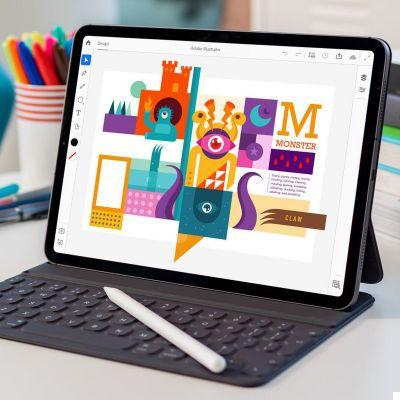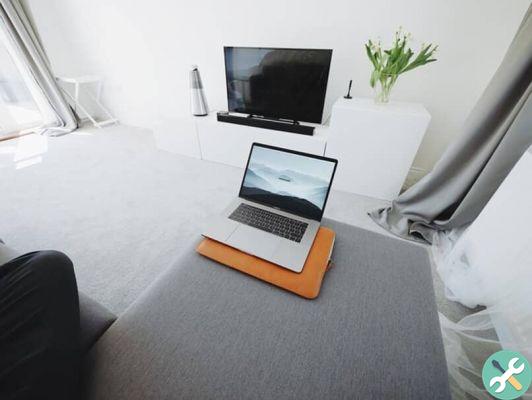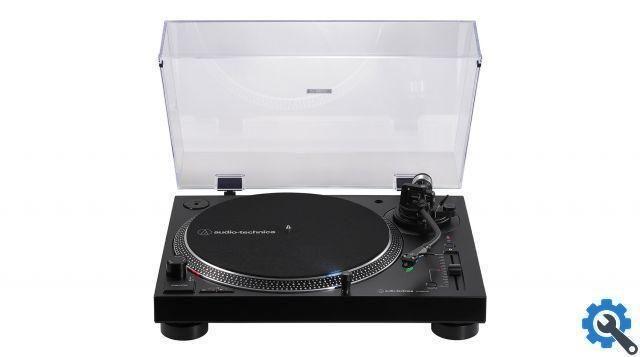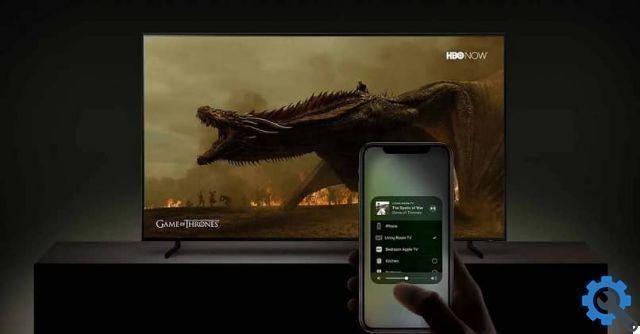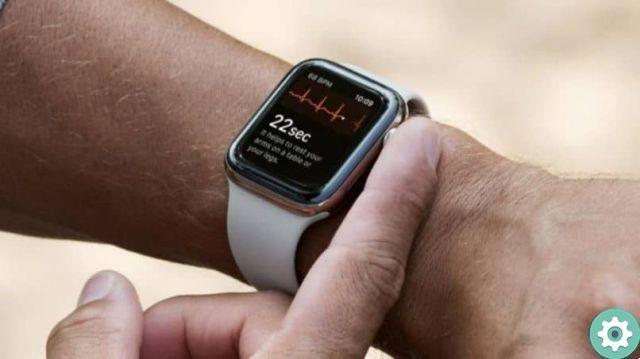It is recommended that you have read the previous article before continuing.
Use the network cable
Although we already mentioned this at the beginning of this series of articles, whenever you can use the network cable. But now I'm not talking about the computer you're working with (the Mac or iPad) but the rest of the household appliances.
We have seen that it is important to find a free Wi-Fi channel that does not overlap with other networks, but is still a single communication channel. If our router has to communicate with iPhone, iPad, Mac, Apple TV, TV, etc ... only the communication channel will be much more frequented and the gap to use it will be smaller. While there are Wi-Fi technologies that can help reduce the problem of multiple devices connected at the same time, yours may not be able to use it.
So, if you have the TV near the router and it is connected to the internet, connect it by cable. In this way all the data traffic that occupied this device will no longer be there and will be free for the other devices.
The same can be said for the Apple TV, the computer… anything you could connect via cable (because it's close, because it's easy…) connect it. It will make devices that remain on Wi-Fi go faster because it is freer.
Interference with other devices
Note that bluetooth uses the 2,4GHz network and may interfere with your Wi-Fi. Without going any further, I had problems with the wifi configured on channel 12. So, as far as possible, avoid using the 2,4 GHz network if you use bluetooth devices such as keyboard, mouse, headphones, etc.
Microwaves also often cause interference on the 2,4 GHz network. I know that every time someone has heated something in the microwave, they have lost their internet connection during that time. So stay away from them and try switching to the 5GHz network. And other devices may have a similar effect, especially those with motors.
Location of the router
It might sound silly, but it's more important than it sounds.
Walls, furniture or even people can be obstacles to signal transmission, so I recommend that you put the router as high as possible, if it can be glued to the ceiling the better. This will make it easier to communicate with all the devices in the house as it is more difficult to find obstacles.
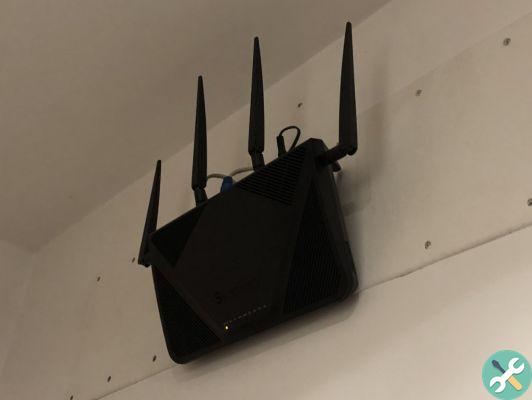
If possible (and the fiber allows it), place the doors as centered as possible in the house. This will help the signal reach every corner better, especially when you have a problematic room. This was easier when the connections were ADSL since you could choose to connect in different rosettes, now with the fiber it is more difficult as the technician has left it in a certain place.
Anyway, if you have the optical modem (ONT) separate from the router, you can just take it away with a longer network cable. If everything is integrated it is more difficult.
I have put these tips into practice several times, and they can help you save money by having to buy repeaters or mesh networks. It is clear that in very large houses or with very large obstacles they will not be enough.
And you? Do you have the router somewhere or have you bothered to put it in a suitable place? Where do you have it?
Other articles in the series
- How to improve the Internet connection at home
- How to improve your internet connection at home (part II)
- How to improve the internet connection at home (part III)
- How to improve your internet connection at home (part IV)
- How to improve your internet connection at home (part V)
- How to improve your internet connection at home (part VI)










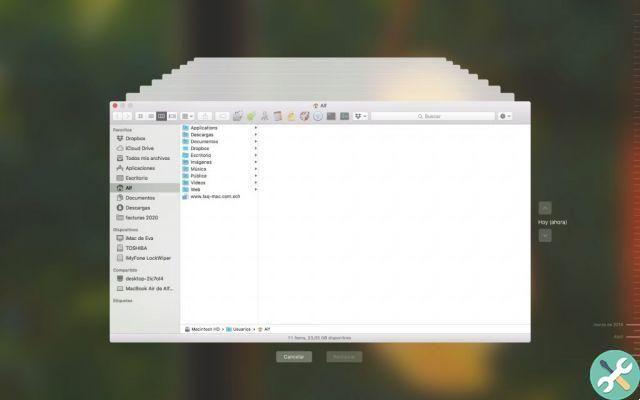
![Google also wants your Apple News [Updated] [2]](/images/posts/943dc0d8f28fcc4bc16fa30ed6d71f6a-0.jpg)

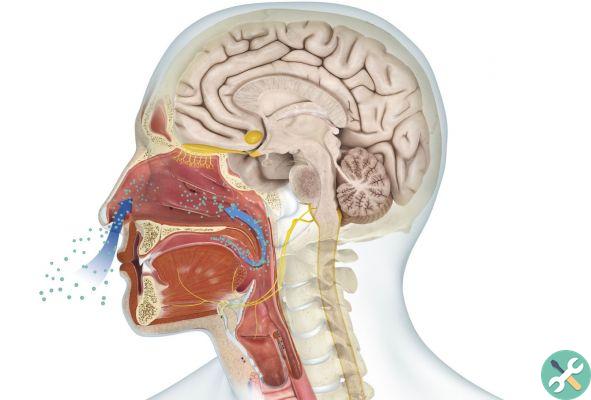
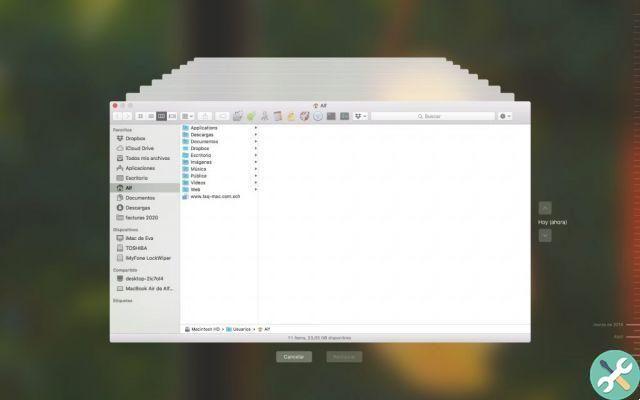


![Apple Vice Presidents Talk About Development of M1 for Mac [Updated]](/images/posts/c6254b668e5b3884d6b6338ccb8a02ff-0.jpg)
